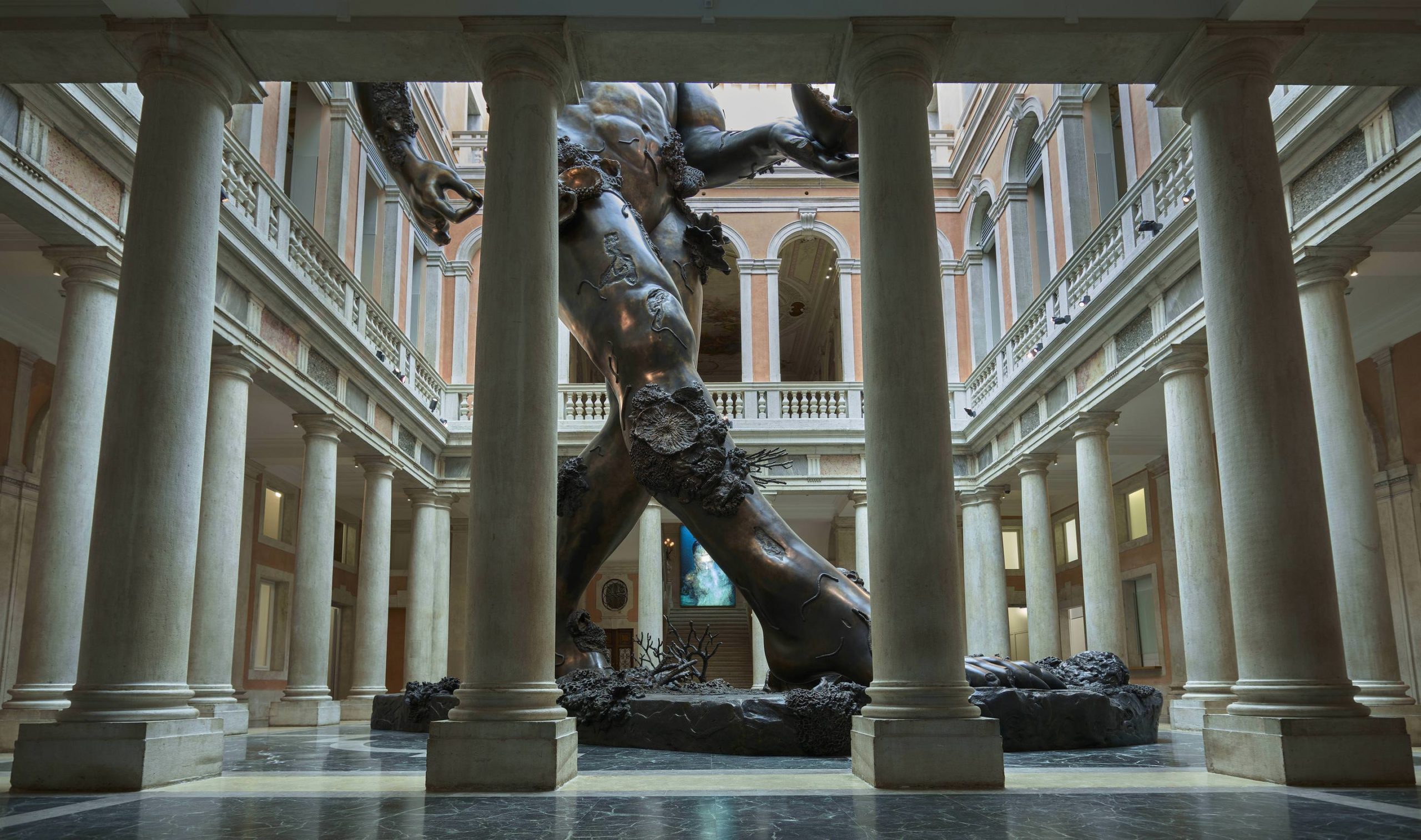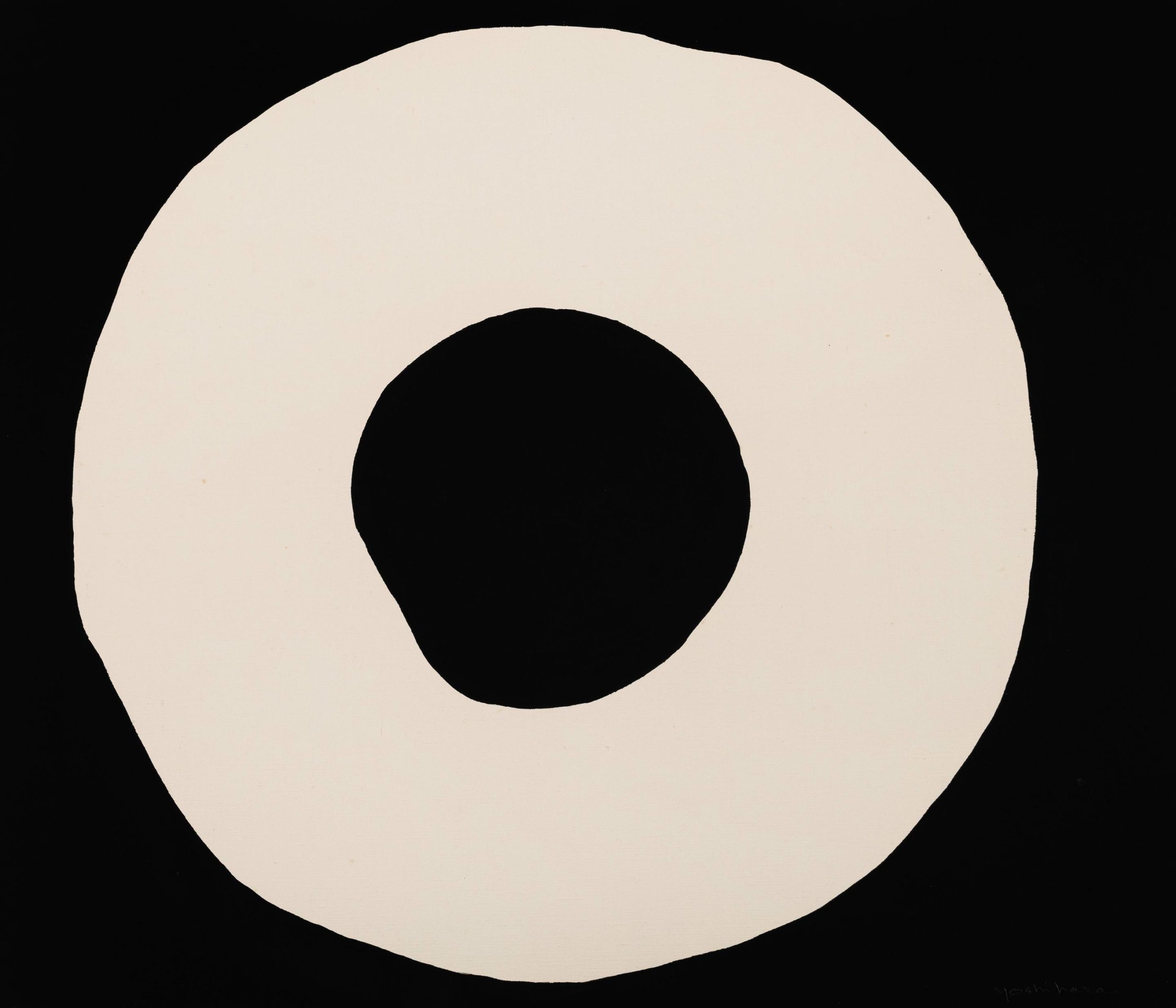Clare Rojas has broken the spell—at least that’s how she describes it. She first gained recognition for paintings drawing from Russian and Eastern European folklore and exploring themes like women’s role in domestic life. Around that time she also performed, under the name Peggy Honeywell, songs with narratives that sometimes connected to her painting. But in 2011 Rojas took a break from painting and focused solely on writing. After a couple of years of not painting, that spell broke, and she began to make abstract work she describes as being far more in tune with her instincts.
With a new book of recent work entitled Plain Black out now (published by Kavi Gupta with an essay by Jens Hoffmann and a poem by David Whyte), Rojas shared with Whitewall her thoughts about the importance of writing songs and walking in her practice, as well as the magic of art.
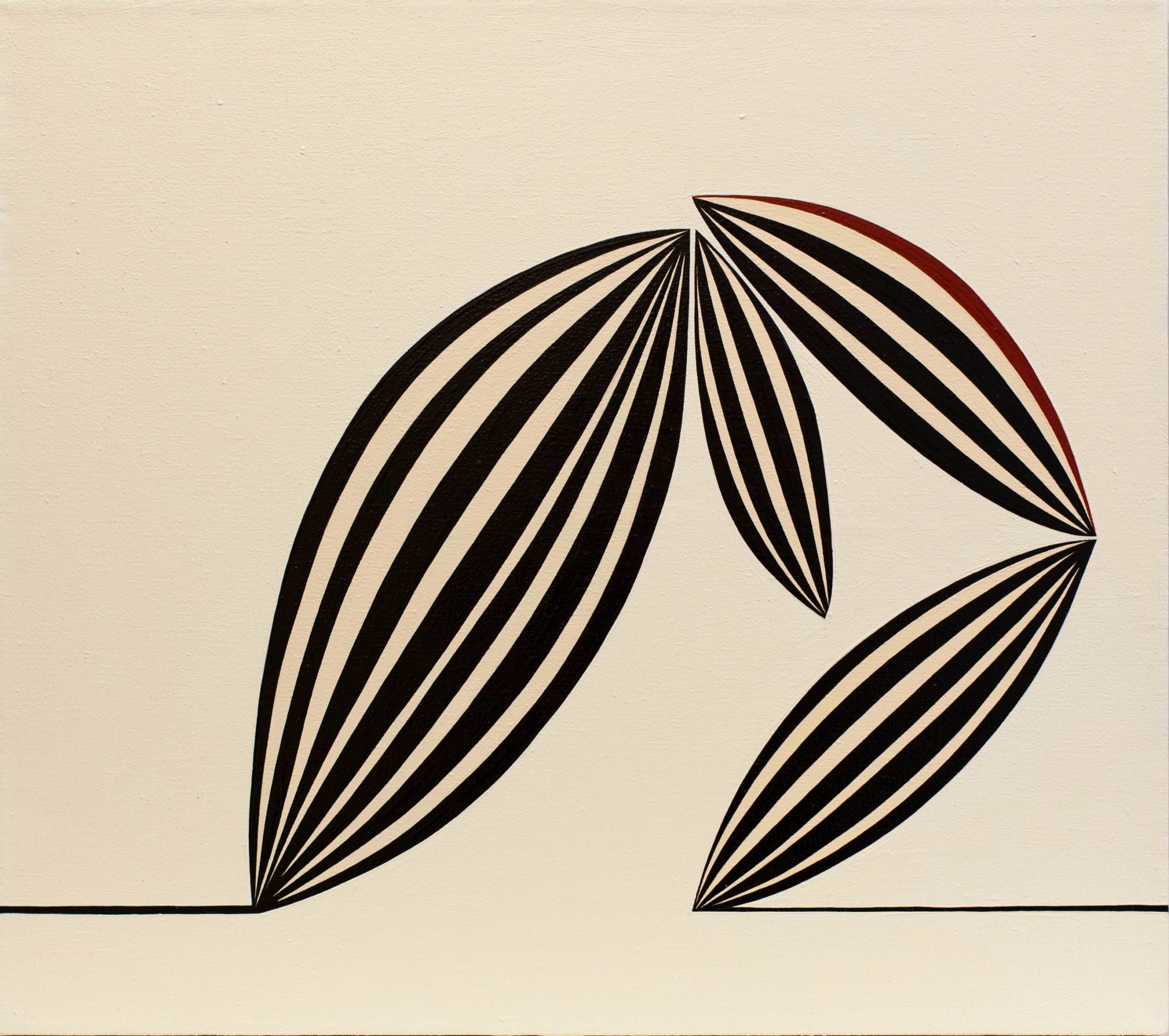
Clare Rojas, Untitled, 2016, Oil on linen, 15” x 17”. Courtesy of the artist and Kavi Gupta
WHITEWALL: Last fall you had a solo show at Soco Gallery, “Orphaned Wells” (November 4–December 17, 2016). Was there a starting point for this body of work?
CLARE ROJAS: My studio is currently a 10-by-10 cabin. The space determines the size.
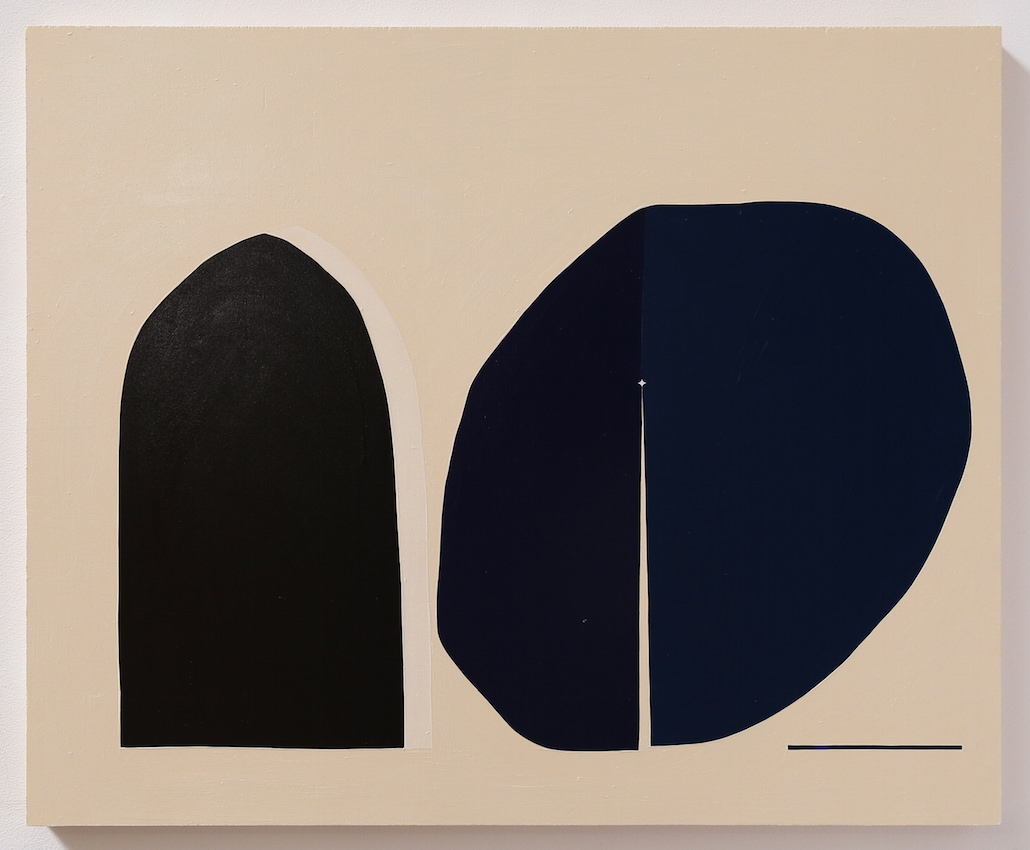
Clare Rojas, Untitled, 2016, Oil on panel, 32” x 40”. Courtesy of the artist and Kavi Gupta. Photo by Tim Johnson
WW: In that show and in your recent work, we see a repetition of certain shapes in the new paintings, this sort of half bell-curve shape and what looks like a striped seed or leaf. What keeps bringing you back to those forms?
CR: The religion of my shape. I call these shapes my source—that I’m pulling from.
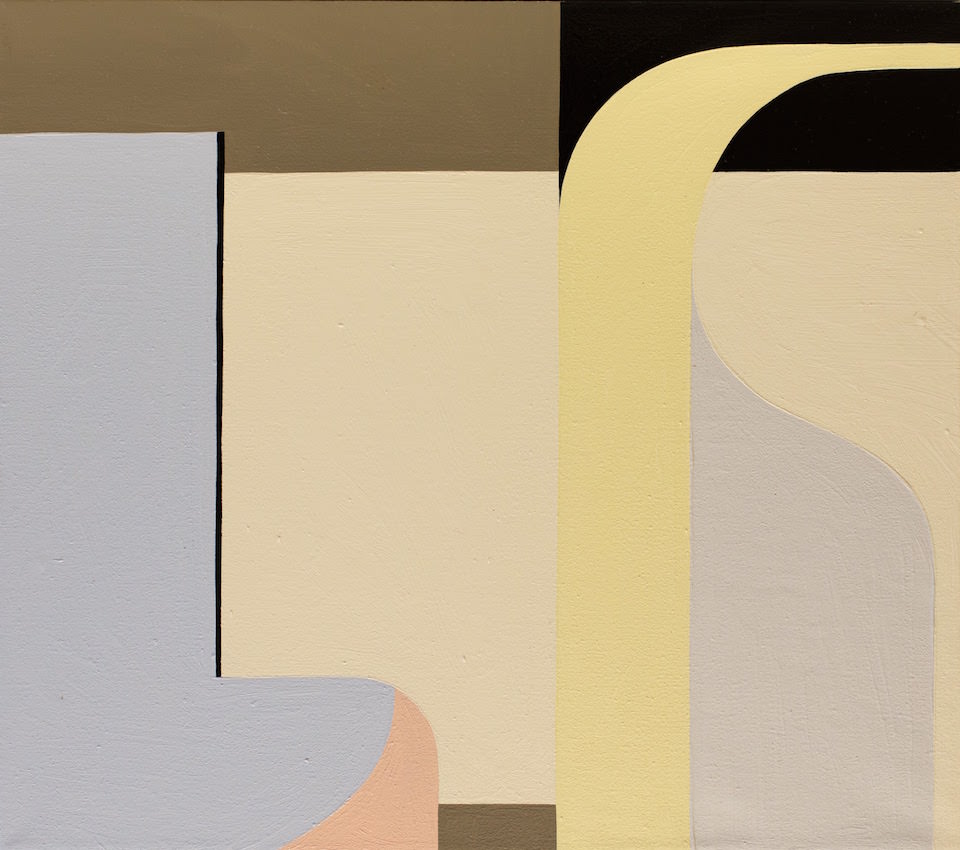
Clare Rojas, Untitled, 2016, Oil on linen, 15” x 17”. Courtesy of the artist and Kavi Gupta
WW: Your earlier work has more of a narrative, and after taking a break from painting to write in 2011, you began making paintings again, but abstract works. What do you think that time you took to write opened up in your painting practice?
CR: I was under a spell of sorts, working in a repetitive pattern. Not painting for a couple of years allowed me to break the spell.
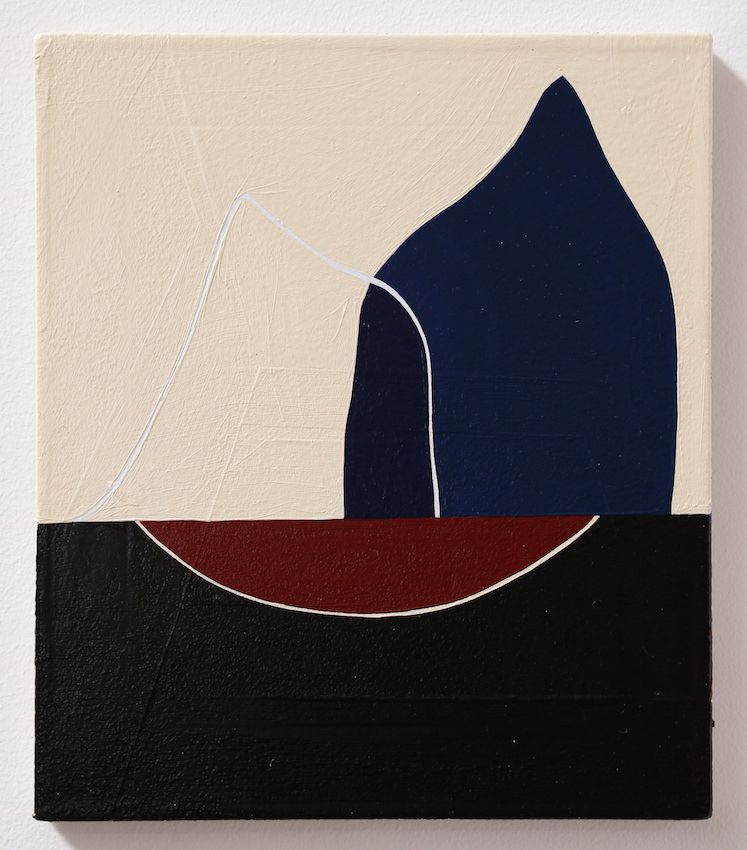
Clare Rojas, Untitled, 2016, Oil on linen, 14” x 11”. Courtesy of the artist and Kavi Gupta. Photo by Tim Johnson
WW: You’ve said that abstract work is a way of getting out of your head and into your body, and likened it to running. Has that been a different experience for you than when making your earlier paintings?
CR: This has been a different experience. I am more in tune with my instincts, instead of being trapped within a vortex of thoughts that fueled my anxieties.
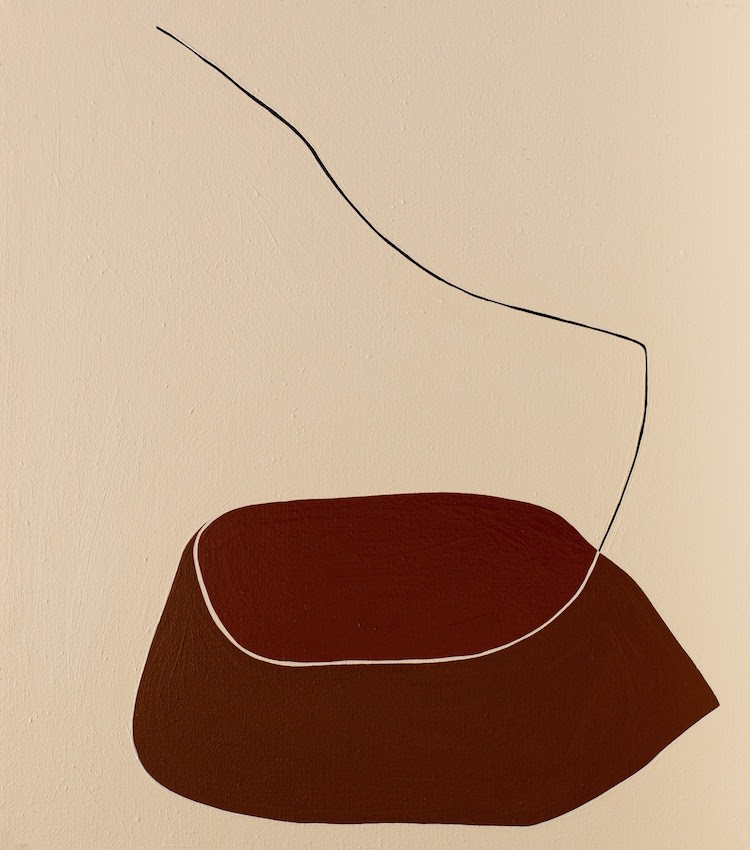
Clare Rojas, Untitled, 2016, Oil on linen, 17” x 15”. Courtesy of the artist and Kavi Gupta
WW: You’ve said that lately, you’re not grappling anymore, that you’re trying to enjoy your life in a positive way, which you’ve found to be the best embodiment of empowerment. How did you arrive at this place?
CR: Empowerment is controlling one’s life and claiming your rights. In the past there was repetition in my thoughts, my beliefs and arguments about the injustices against women in particular. I felt confined to one horizontal way of using my imagination—to argue, or as you say, “to grapple”—with this dramatic narrative. I have discovered with abstraction an access point to a different path that uses a different kind of imagination. As long as I believe this path is really real, I can keep imagining it, and this is the magic of art.
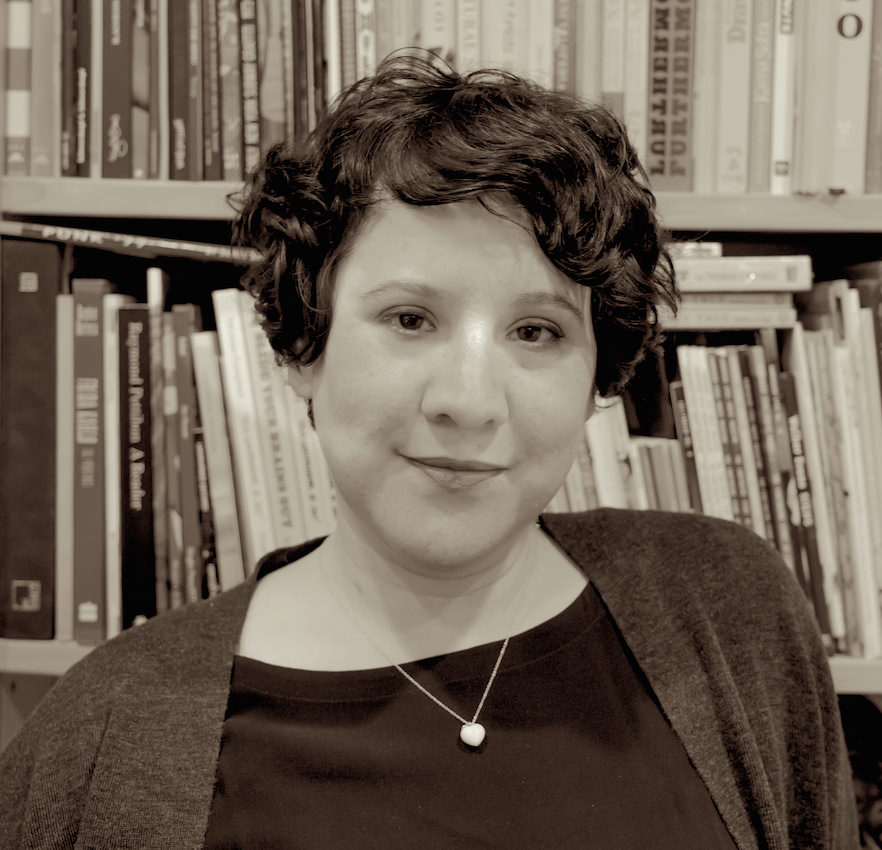
Portrait by Austin Boe
WW: Has your approach to making music, as Peggy Honeywell, evolved alongside your painting or outward look?
CR: I still approach songwriting the same way, but the performance aspect is presented differently. What has always worked in the past, and works for me now, is a space where I have a desk of all my colors mixed in cups, my guitar on a stand right behind me, and a pad of paper in case I have to hurry and write things down. I think as I get older I really do feel like if I don’t capture a thought, it will disappear. Writing things down immediately, whether I return to it or not, is a very important part of my practice in painting or writing.
WW: Have you found it difficult to maintain that positive attitude in your work post-election?
CR: Post-election the only saving grace I had, the only thing I could turn to—to feel some sort of calm—was my work.
WW: What are you working on now?
CR: I am just painting in my studio. Writing songs and walking.
This article appears in Whitewall’s spring 2017 Women in the Arts issue.






